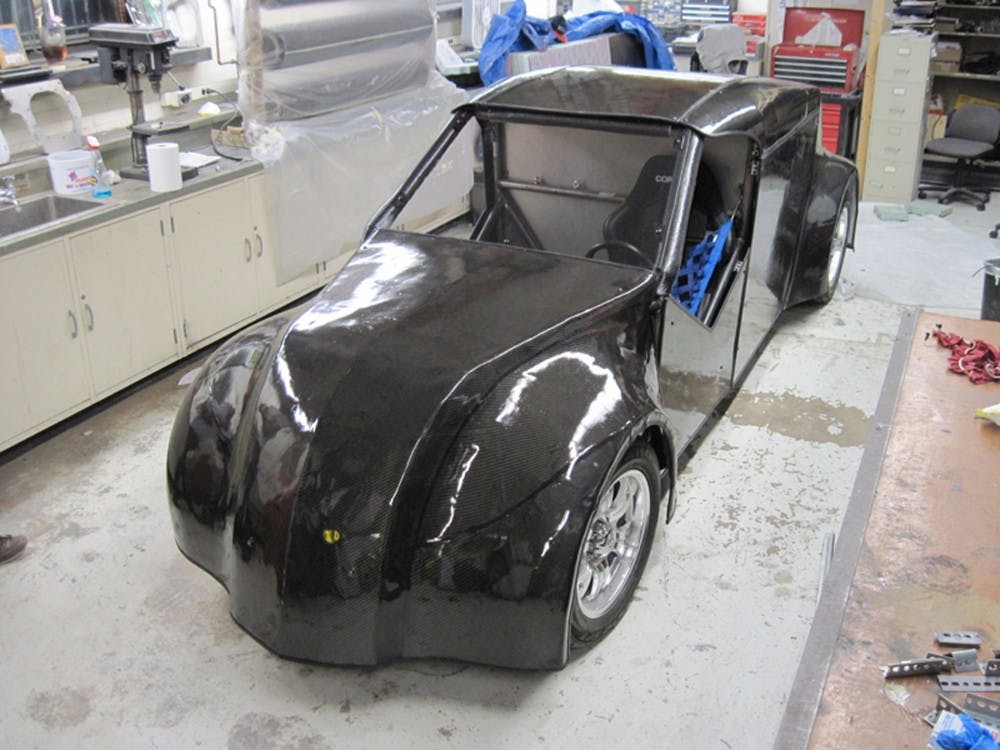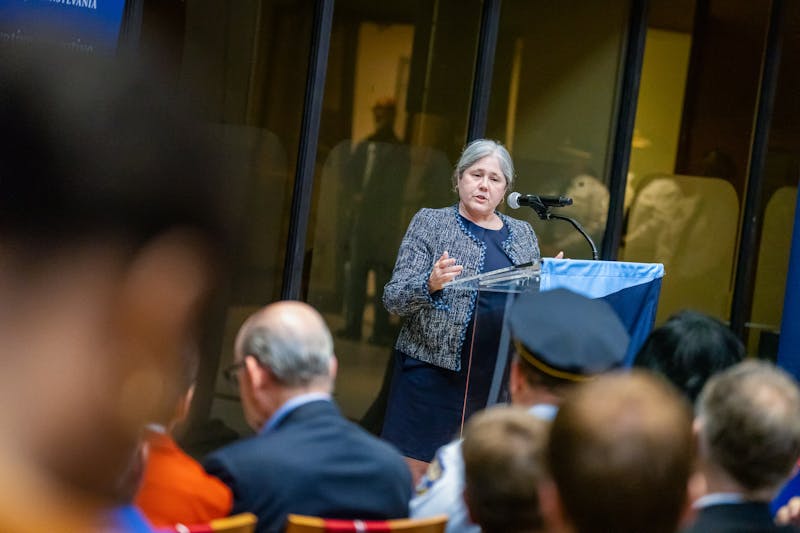
Some Penn students are looking to give Ford, Honda and Toyota a run for their money.
Today, Penn Electric Racing, which began in 1989 when a group of students and professors worked together to build a car for the 1990 General Motors Sunrayce, is a student organization that is actively designing, building and racing alternative energy vehicles.
The team consists of both undergraduate and graduate students from various disciplines — most of whom are new to the art of “car-building.”
“All our projects are done by the students themselves and almost everyone starts with zero experience,” said Engineering junior Oliver Pacchiana, team captain of Penn Electric.
Pacchiana added that he joined the group in the first week of his freshman year.
“I came in as a freshman with no experience designing or fabricating, and Penn Electric was able to accommodate me and give me some hands on experience,” said College junior Edward Wu, design head of Penn Electric.
Through Penn Electric, students engage in vehicle design and construction, as well as management, fundraising and public relations.
“There was even a place for a non-engineering guy like me,” said Wharton sophomore Nicholas Mushaike, who added that Penn Electric has increased his love for technology and has been a good place to work with students in other disciplines.
Over the past two decades, Penn Electric — formerly known as Penn Solar Racing — has constructed several cars from scratch. Prior to 2006, the group has focused mainly on solar energy cars, which they had used to compete in a number of races like the Sunrayce.
That year, however, they started making the shift to building electric cars with the Renegade — an electric drag racing car that took about five years to complete.
The group is also working on creating an electric scooter, which, according to its website, is a good learning experience for younger team members because of its simpler design.
The group’s main project today is to create an entry to compete in the Formula SAE 2014 competition in Lincoln, Neb. For the competition, which is organized by SAE International, teams have to design and construct their own formula racing car and pit it against other builds from different colleges around the country.
Penn Electric has partnered with Red and Blue Racing — Penn’s official Formula SAE team. Through the joint collaboration, they will build the car from nothing over a period of two years.
“We are aiming to compete in 2014 because the first car is always difficult to build but the next ones will be made by modifying the first one,” Pacchiana said.
“We dismantled the Renegade and are now focusing our efforts on the FSAE competition,” Wu added.
The organization receives a large part of its funding from the Students Activities Council, the School of Engineering and Applied Science and from individual donations. Muchaika noted that because its funding is limited, the team must use and reuse whatever resources it can.
Pacchiana believes that being a part of the team has added great value to the students’ learning experiences at Penn.
“Classes give you a pretty good overview of things, but this gives you a practical hands-on experience,” he said.
Wu agreed.
“This has helped me toward my career goal of designing cars, which is not a part of the curriculum here at Penn,” he said. “It opens up opportunities for students to have a chance of getting into companies like Tesla, which are very hard to get into.”
The Daily Pennsylvanian is an independent, student-run newspaper. Please consider making a donation to support the coverage that shapes the University. Your generosity ensures a future of strong journalism at Penn.
DonatePlease note All comments are eligible for publication in The Daily Pennsylvanian.







